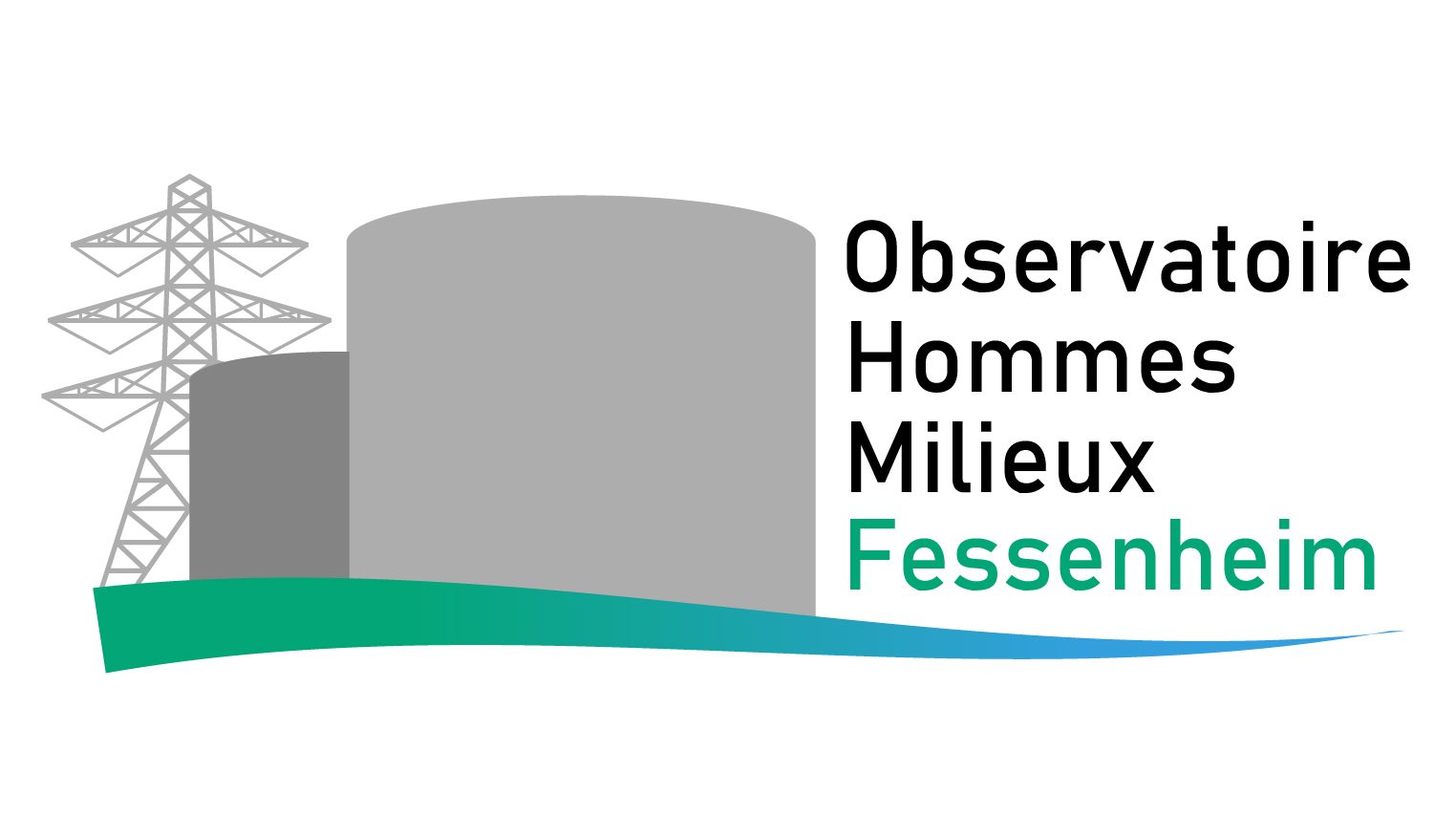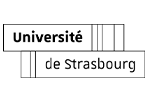Geochemical analysis of overbank fine sediments of the Upper Rhine (Rhinau island, France): Evidence of metal (Pb, Zn, Cu & Sn) enrichments over the last century
A geochemical analysis of a well-dated 1.2 m-thick sedimentary sequence collected on the Rhinau island at ~60 km south of Strasbourg (France) has been performed in order to reconstruct the evolution of metal contents in overbank fine sediments of the Upper Rhine over the last 150 years. Data indicate that most of the geochemical variations in major elements as well as in trace elements along the sedimentary profile can be related to variations in the sediment mineralogical composition during deposition. Only Cu, Pb, Zn, and Sn highlight enrichment in the sediments, interpreted as resulting from human releases into the fluvial hydrosystem. Enrichment quantification is made by using diagrams of variation of element X normalized to silica as a function of Al2O3/SiO2. The results point out that each metal has its own enrichment pattern. The enrichment significances and origins are discussed by comparing them with the knowledge of historical contaminant release and/or deposition in the Upper Rhine hydrosystem. Sn enrichment is thus linked to Sn releases by textile industries downstream of Basel, whose activity peaked in ~1940/1950 CE before gradually declining. Pb enrichment, which started to decline in the mid-1980s and disappeared in the 2000s, is explained by the reduction and then cessation in the early 2000s of the two main sources of Pb pollution to the Rhine hydrosystem, namely (i) atmospheric fallout linked to the combustion of leaded gasoline and (ii) Pb flux associated to the Alsacian Potassium Mining rejects into the Rhine river. Cu and Zn enrichments are explained by diverse sources (e.g. agriculture, industries and wastewater treatment plants), whose emissions have reduced over the last decades but can still occur to a significant extent. Overall these results confirm potential and usefulness of our multi-method approach for assessing the effectiveness of public policies to reduce the impact of metal releases into continental hydrosystems, as well as their response time.




